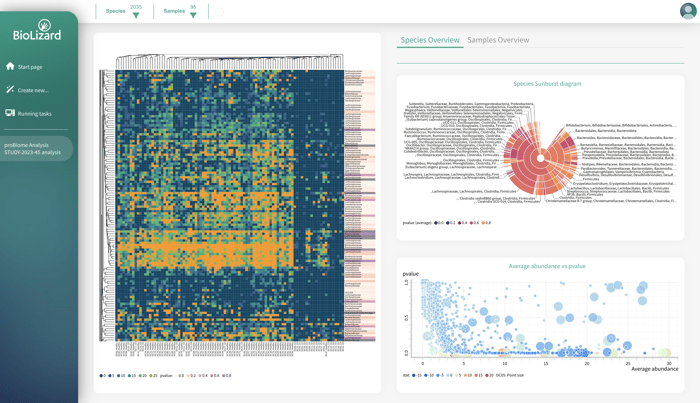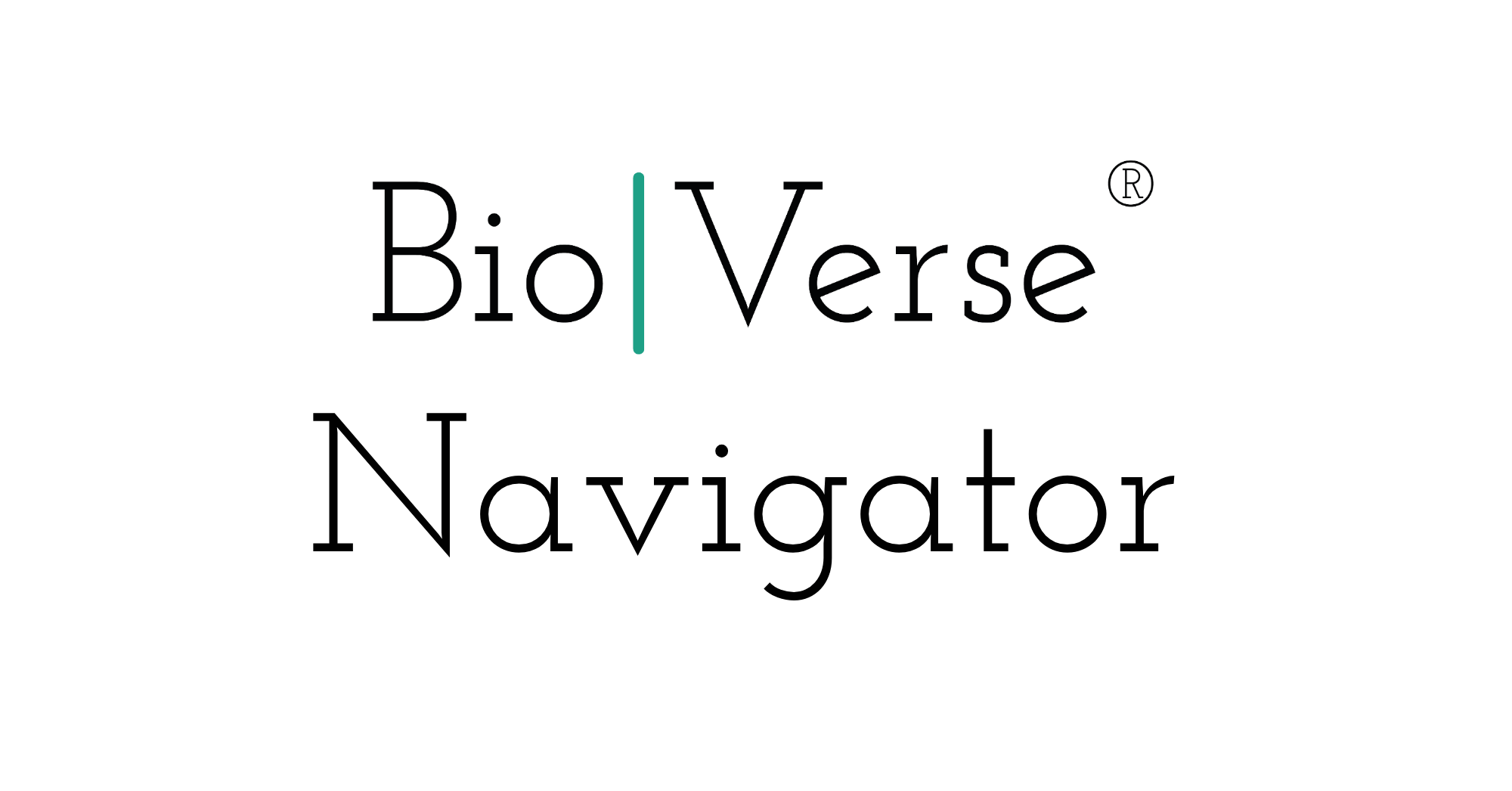
Microbiome made simple
How it works
To help you achieve truly data-driven insights in your microbiome projects, Pro | Biome performs genomic mapping of full microbial communities to determine species composition and examine the causal role of a specific microbiome in selected disease states. It can be used for human, animal, plant and environmental systems, and is compatible with a range of data acquisition platforms. Using a combination of biostatistical frameworks and artificial intelligence tools, Pro | Biome allows you to perform analyses to…
- Examine modifiable risk factors
- Establish the most viable drug targets and biomarkers in microbiome-associated illnesses
- Help you develop bioremediation approaches
- Comparatively weight factors that predict disease development, progression, and resistance
- … And more!

Interactive Reporting
As do all of our applications, Pro | biome generates detailed, customizable, and interactive reports that bring information on quality, taxonomy, diversity, differential abundance, and more right to your fingerprints with a user-friendly interface.
Other Bio | Verse® applications:

Bio | Verse Navigator allows for enhanced data exploration through various interactive graphics and charts, allowing researchers to do quicker interpretations of their data analysis. Having such a powerful tool, combined with our bioinformatics expertise, allows scientists, biologists and department leads to unveil new actionable insights.

To help you efficiently integrate and analyze multi-omics data to accelerate biomarker discovery, improve drug development, and broaden your understanding of disease processes, we have built Bio | Mx, a pioneering multi-omics integration and analysis application that is specifically engineered to decipher the complex data landscape in multi-omics studies.

When your literature search produces hundreds or even thousands of results, the process quickly goes from painstakingly slow to impossible. With Bio | Reflect, we have designed an at-a-glance and up-to-date global overview of publications, with topic-based clustering that lets you breeze through your literature searches with ease and in an unbiased manner.
Together we can make your project
rock solid
When you partner with BioLizard, you get state-of-the-art data analysis pipelines and tools to apply to your current and future research projects - and moreover, you receive end-to-end support that will make it faster and easier for you to turn your data into actionable insights. We also always ensure to fully explain our data science approach to solving your biological challenges - there’s no black box when you work with BioLizard.
Our ultimate goal is to empower you through data-driven innovation combined with interactive data exploration, thereby supporting you in extracting actionable insights from your data, and gaining a compelling competitive advantage.

Get in touch
Need assistance? Get in touch with our experts.
Trusted by












